1
HOME > Essentials >
8 ESSENTIAL MEN’S SUMMER FOOTWEAR STYLES
Written by Ivan Yaskey in Essentials on the 11th August 2020

There are two times of the year when our wardrobes change significantly. Come winter, we put on the layers, seek out insulating materials, and look for footwear that’s waterproof, or provides some kind of barrier against damp, slushy conditions. Summer, predictably, goes in reverse. Whether you’re off to the office or headed to the beach, you look to wear as little as possible, within reason and accepted dress codes. For the pieces you don, footwear included, fabrics are light, breathable, and even moisture controlling, or more skin is exposed. Short sleeves and lightweight trainers replace your button-downs and lace-up oxfords. If you can, you’d even sport a tank top, chino shorts, and sandals that let your toes and heel breathe.
Yet, while winter and summer represent the end-goals of dressing throughout the year, the garments and footwear you sport now should mostly have some degree of adaptability to fit into spring and autumn’s transitional approach. Or, it should specifically be designed to keep you comfortable through a true scorcher of a day. In considering these factors, we’ve rounded up a few essential styles that take you through summer and into the transitional seasons:
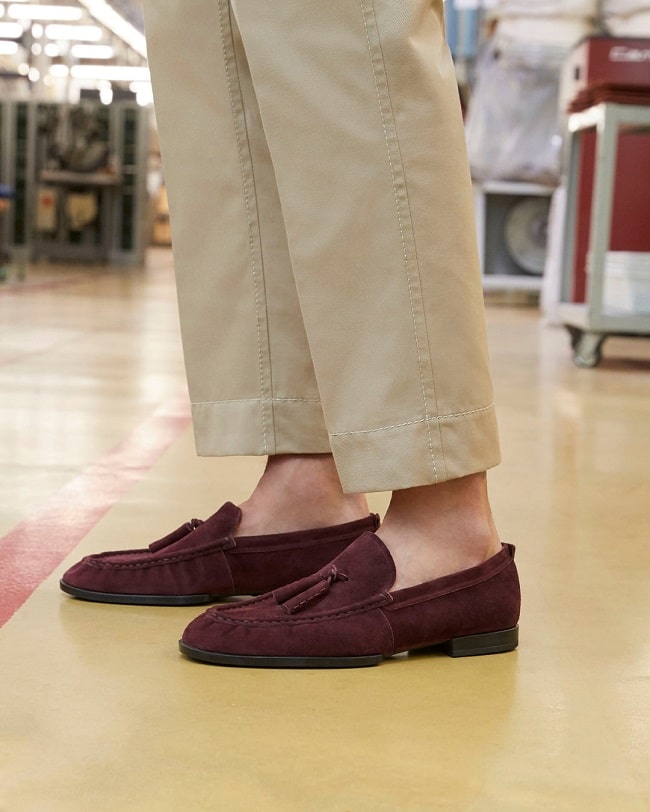
Low-Height Trainers
Many will claim that a low-height trainer is a year-round staple. But, with brands adding extra insulation and thicker materials for autumn and winter, we’d have to disagree. Specifically, a summer shoe – or, more appropriately, a spring-to-summer trainer that lasts through most of autumn – needs to be relatively lightweight. The construction shouldn’t be overly padded, and a degree of breathability for air circulation is more than welcome. Leather and suede, especially if the material is lightly perforated or has mesh paneling in sections, are fine. Canvas, however, one-ups these two as a cooler alternative that doesn’t compromise on durability. Most skate shoes will have you covered, as will a classic set of Chuck Taylor All-Stars.
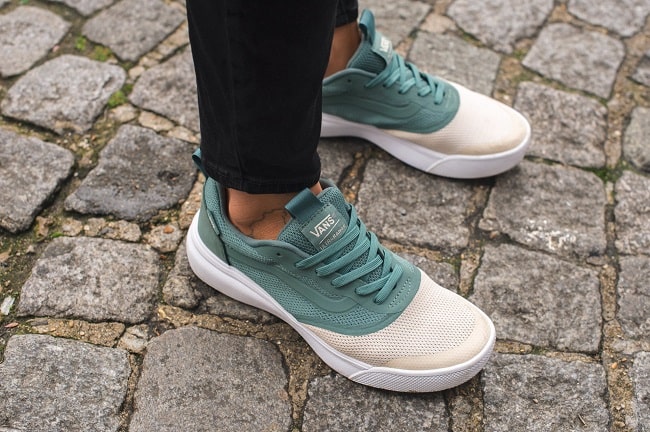
Active Sandals
There are sandals for chilling, and then there are sandals for moving. The latter, especially if you’re ambling along a hiking trail or hanging out at a campsite, has a drastically different design. Keen, Merrell, and Teva have this market dominated for the most part, but for whichever brand you choose, an active sandal – sometimes called a sport or hiking sandal – needs a thicker sole unit with traction and slip resistance. The upper, however, varies in construction. Some stick with durable ripstop nylon; others opt for leather or synthetic with a water-resistant or waterproof coating. In all cases, the design should keep your foot secure while offering some degree of adjustability and without fully covering your toes and heel.
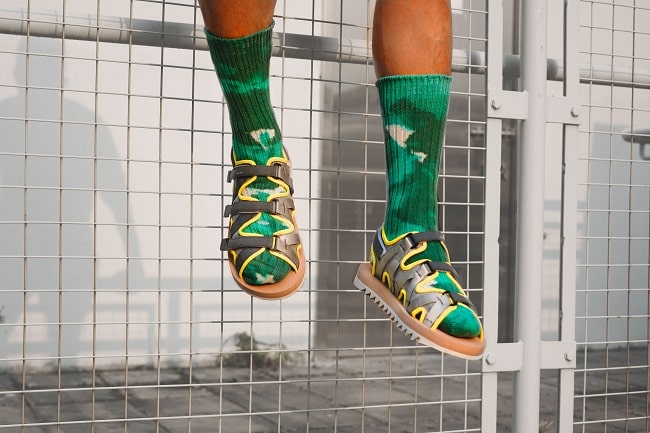
Casual Sandals
If you’ll solely be relaxing, and don’t have to worry about gravel and rocks underfoot, a casual sandal tends to have a strap over the toe area. The heel may be left open, or a thin strap behind prevents your foot from fully slipping out. In this context, you might say a flip-flop or slide will do, but the construction itself is often too flimsy. Instead, especially if you’re thinking about multi-season use, look for a leather or canvas style, with a thicker, more substantial outsole, with these attributes.
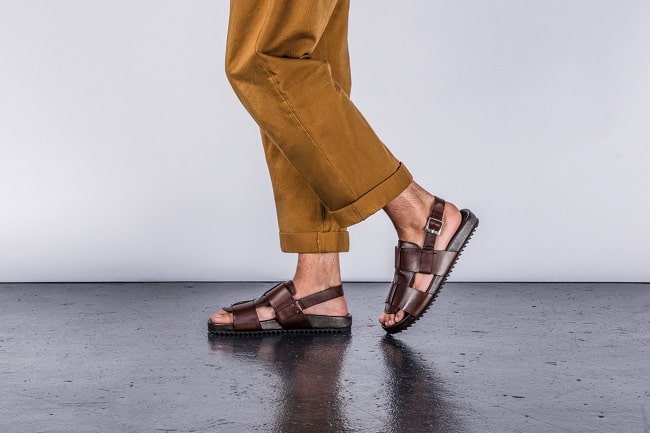
Espadrilles
In their truest form, espadrilles are a warm-weather shoe dating back centuries in Spain, likely to Catalonia and the Basque region. Its name originates from a Catalan word for esparto grass, used to construct ropes and baskets. Although modern espadrilles for men and women often utilise canvas or another fabric, its sole, usually with a roped or braided construction, reflects its origins. Although women’s espadrilles frequently sport a heel, men’s styles play it simple with a slip-on fit and lightweight, breathable construction.

Leather Slip-Ons
Make it easygoing yet sturdy. It’s not difficult. The slip-on shoe, ideally constructed out of a sturdier material, realises this balance. Whether it’s a slip-on trainer, loafers, a moccasin, or a driving shoe, they all pull from the same silhouette and attributes. As a baseline, seek out an upper with minimal stitching and adornments, ideally in a deep solid shade that will match whatever you put on that day. Then, as the more important aspect, check the outsole: if it’s not treaded, it’s not worth wearing. As this silhouette’s primary function, you want something effortless but not flimsy. That balance exists from the materials to the outsole. Although full-on lugs are far from a general requirement, you should be able to confidently and reliably stroll through the city or whichever seaside destination you venture to without lacing up a pair of trainers.
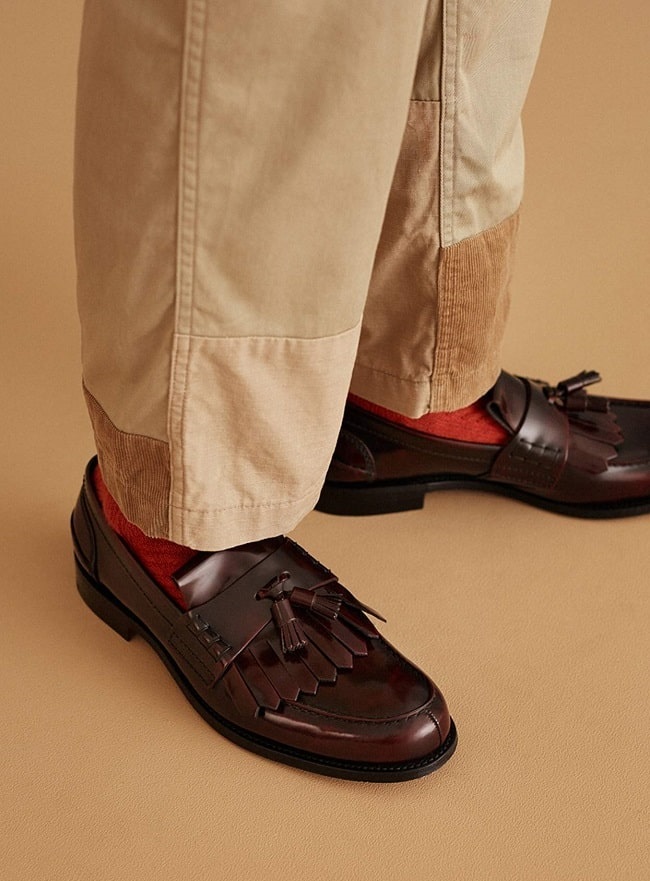
Boat Shoes
Although a boat shoe could qualify as a leather slip-on, its characteristics are relatively distinct. One, true boat shoes include a 360-degree lacing system that ties in the front. From the vamp, with its two pairs of metal eyelets, you should be able to tighten it to precisely the right fit. Then, visually, its silhouette can easily be described as a fusion between a loafer and a moccasin, although modern styles have started incorporating trainer attributes, like vulcanized construction for a more flexible, solid fit. As its most distinguishing feature, boat shoes were built to be worn by the water and on land. Sperry’s Wave-Siping outsole exemplifies this: A beach shoe one-upping flip-flops from all angles, the outsole prevents you from slipping (all without looking like a pair of work boots) near the water and performs equally as well when the ocean is far off in the distance.
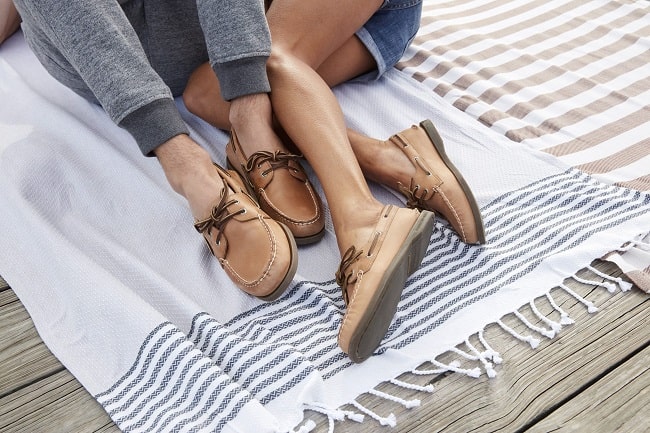
Athletic Trainers
Whether you run or train at the gym, physical activity is a different beast when the sun’s high above and heating everything around you. You feel it and all that sweat swimming down your brow. Still, especially for diehard fitness enthusiasts, you understand what happens when you stop training completely – or take it too easy in the off season. So, for getting out there (especially if you plan to avoid the gym for the foreseeable future), look for a pair of active shoes that’s nearly all mesh or woven textile, with just a few overlays for support and a lightweight, responsive outsole. Pair with moisture-wicking socks, and your feet are less likely to feel bogged down and overheated.
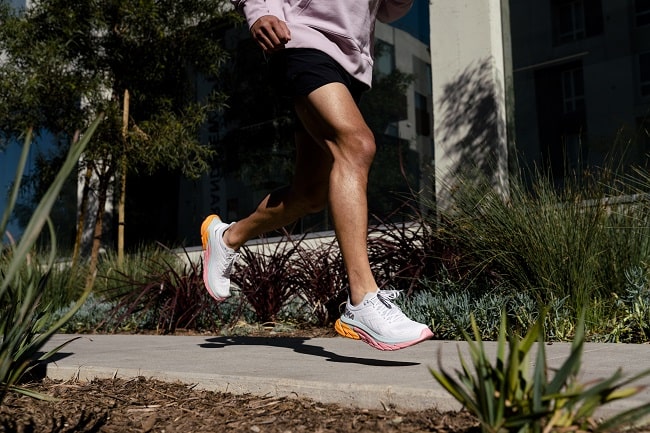

Trending
2
3
4
5
6
7
8
9
10










